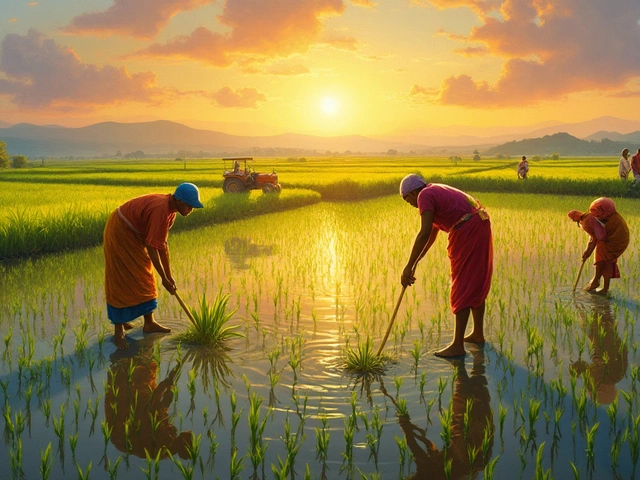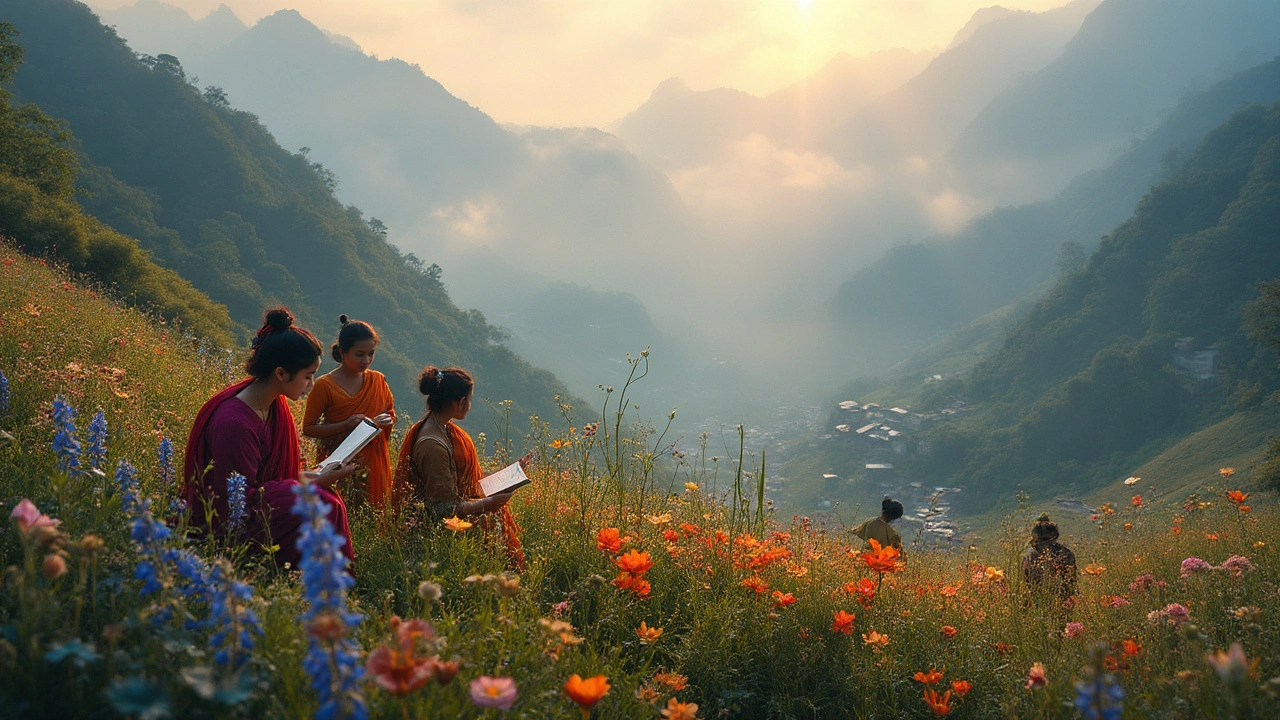Flowers Endemic India – Your Quick Guide to Native Blooms
If you love fresh colors in your garden, native Indian flowers are the best choice. They are already adapted to local weather, soil, and pests, so they need less care than exotic varieties. This page shows you which flowers grow best across India, when they bloom, and simple steps to keep them thriving.
First off, think about why native flowers matter. They attract local pollinators like honeybees and butterflies, which helps other plants nearby. They also need less water because their roots are built for Indian climate zones – from the humid east to the dry west.
Top Endemic Flowers to Plant Right Now
Marigold (Tagetes spp.) – The classic lucky flower. It blooms from October to February in most states. Plant it in well‑drained soil and water once a week. Its bright orange petals repel many insects, so it also works as a natural pest guard.
Indian Laburnum (Cassia fistula) – Known as the golden shower tree, it bursts with yellow flowers in late spring. It loves full sun and can tolerate poor soils. Prune after flowering to keep the shape tidy.
Himalayan Blue Poppy (Meconopsis betonicifolia) – Grows best in cooler hills of Himachal and Uttarakhand. It needs partial shade and rich, moist compost. Water regularly during the growing season, but keep the soil well‑drained to avoid root rot.
Jasmine (Jasminum auriculatum) – A fragrant white flower that thrives in coastal regions. It likes sandy loam and moderate watering. Trim the vines after they flower to encourage a second bloom in the monsoon.
When Do Flowers Bloom Across India?
India’s blooming calendar is split by climate zones. In the north, many flowers hit peak in March‑May, while the south sees a second wave in June‑August when the monsoon arrives. The article "Best Months for Flower Blooming in India" breaks down each state’s schedule, so you can plan a year‑round color show.
For a quick cheat sheet, plant spring‑bloomers like tulips and lilies in October‑November, then switch to summer bloomers such as hibiscus and bougainvillaea after the rains start. This staggered planting keeps your garden lively throughout the year without any dull periods.
Got a balcony or a small yard? The post "How to Maximize a Small Balcony" shows how vertical gardening lets you grow climbing natives like jasmine and passionflower. Use trellises, hanging pots, or stacked planters – the same tricks work for most endemic species.
Remember to feed your plants with organic compost. Native flowers respond well to kitchen waste, leaf mulch, and a light sprinkling of bone meal in spring. This not only boosts growth but also enriches the soil for future plantings.
Finally, keep an eye on pests. While many natives have built‑in resistance, a sudden outbreak of aphids or whiteflies can happen. The guide "Alternative Pest Control" offers safe, natural options like neem oil and garlic spray – no chemicals needed.
Ready to start? Pick two or three native flowers that fit your climate, plant them at the right time, and watch your garden turn into a colorful, low‑maintenance oasis. Happy gardening!
Rare Flowers Found Only in India: Unveiling the Subcontinent's Unique Blooms
Explore India's unique flowers found nowhere else on Earth. Dive into their history, where to see them, their uses, and why they matter.
About
Sustainable Gardening
Latest Posts
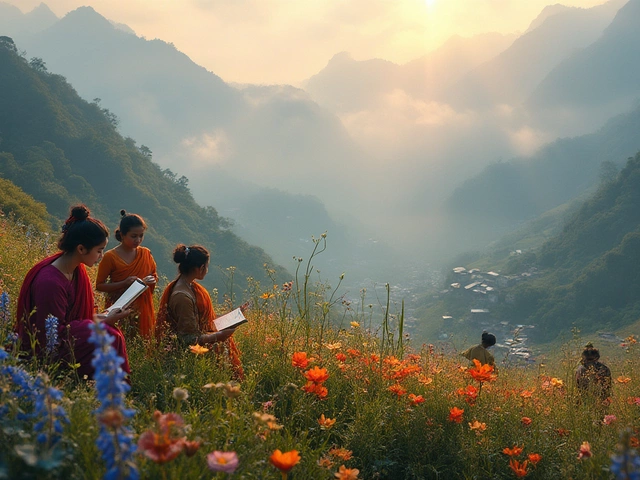
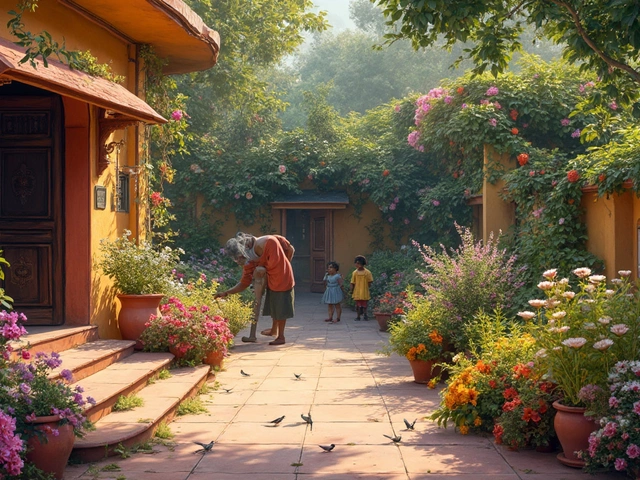
Which Plant Gives 12 Months Flowers in India? Your Guide to Year-Round Bloomers
By Alden Thorne Apr 18, 2025
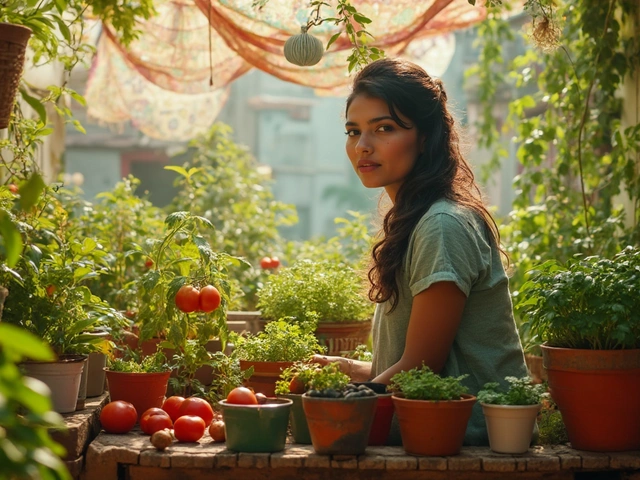
Best Fruit and Veg to Grow on a Balcony: Easy Choices for Fresh Harvests
By Alden Thorne May 1, 2025
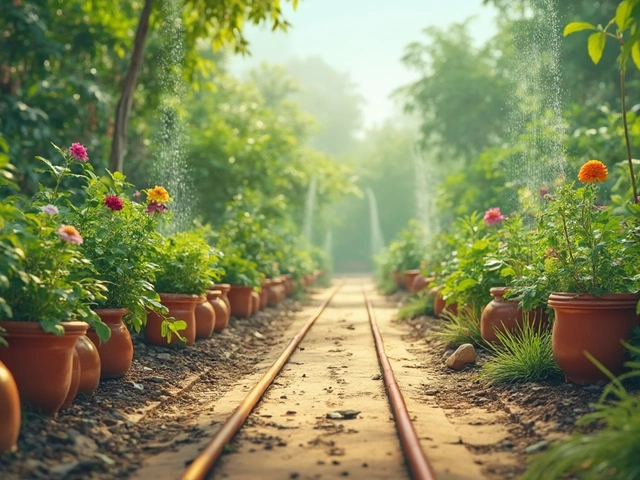
Should You Bury Your Drip Irrigation System?
By Alden Thorne Apr 6, 2025
